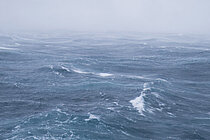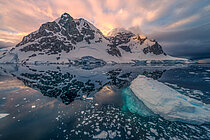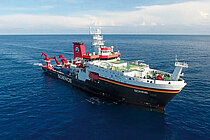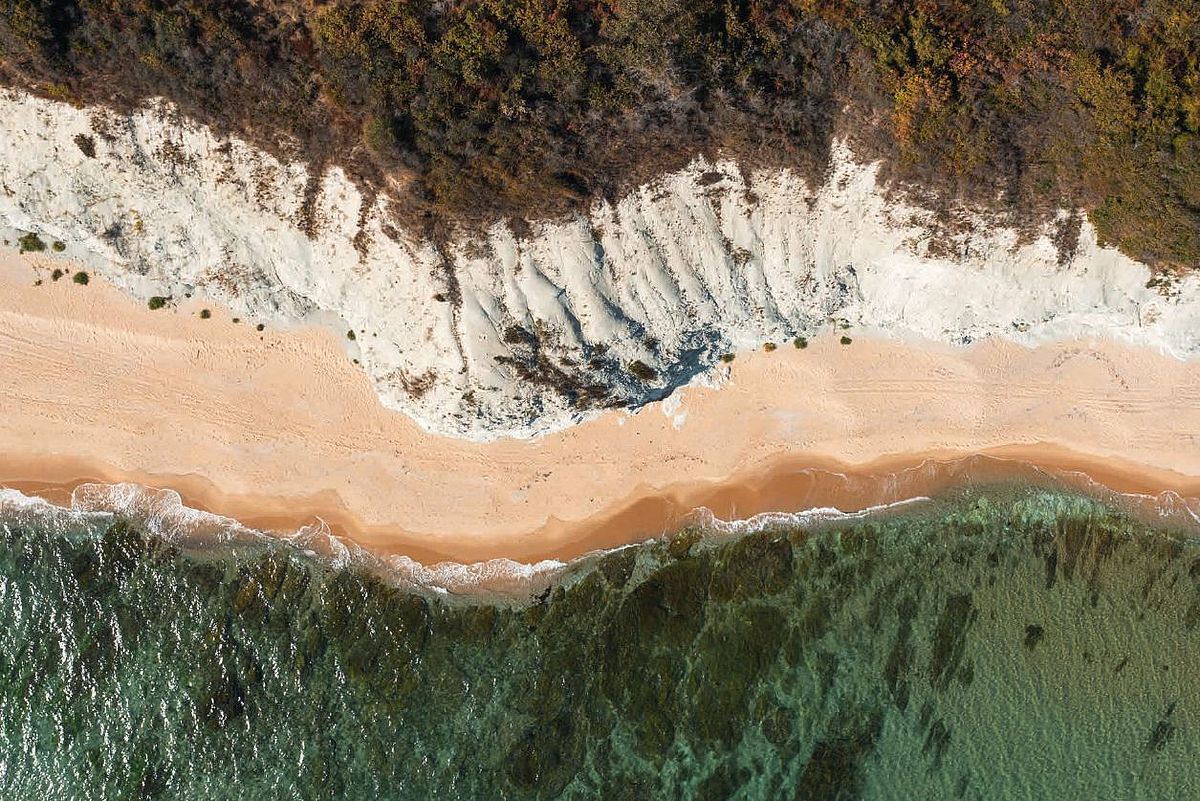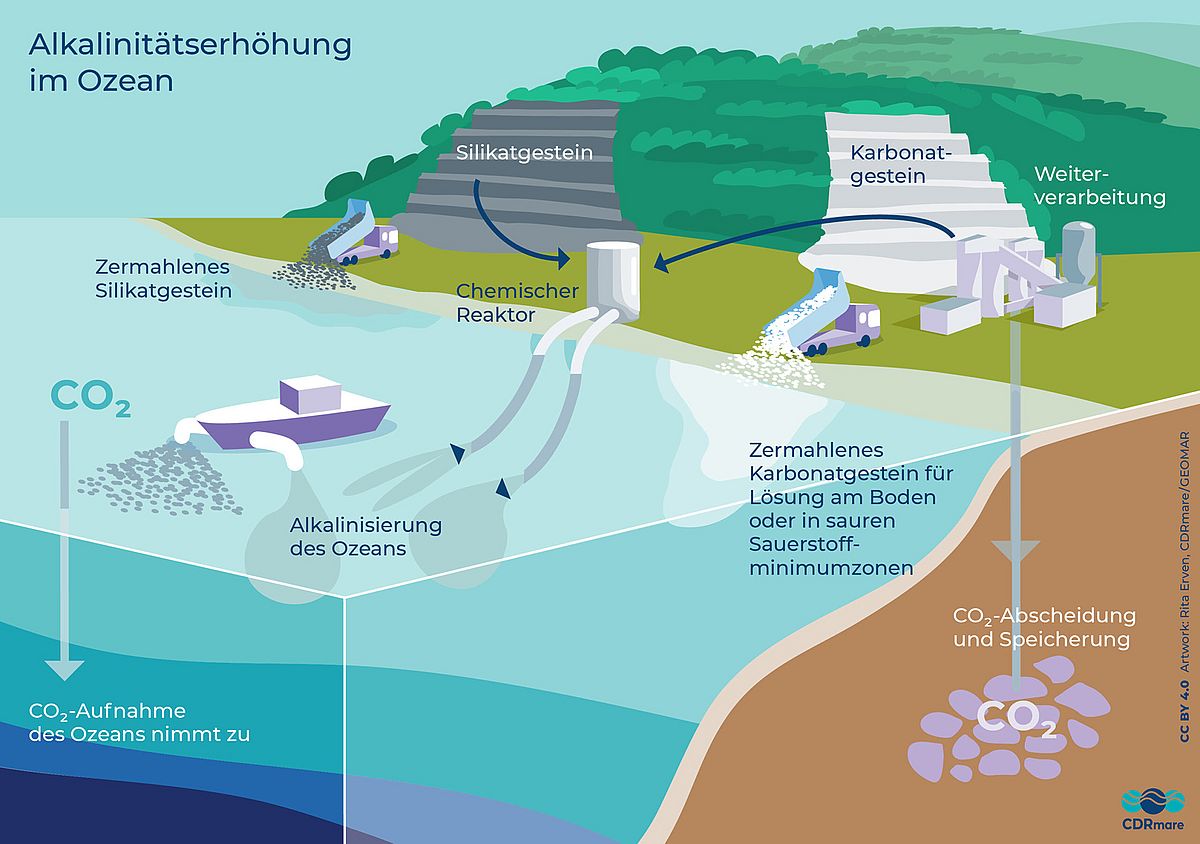Ocean Alkalinity Enhancement
When minerals such as silicate or even lime are crushed and distributed, they bind CO2 in the weathering process. For the chemical binding of carbon dioxide, alkaline substances, for example silicate or lime, are discharged directly into the surface water of the ocean. The minerals can be mined on land in mines, transported to the sea by ship and distributed in the water there. Using this method, the ocean could not only absorb more CO2, but as a positive side effect this would also counteract ocean acidification. In principle, there are enough minerals worldwide to bind all CO2 emissions. These would have to be mined and ground into a fine powder or chemically processed so that they dissolve quickly in the water and react with the CO2. This chemical neutralization requires more than one ton of rock per ton of CO2. For accelerated weathering to achieve a global effect, a whole new mining and industrial manufacturing industry on a large scale would have to be established for the amount of minerals needed. So far, it is unclear how the rock meal would affect marine ecosystems. In addition to risks from potentially toxic contaminants, ecological effects of rock dust, for example the effect of increased pH and decreased CO2 partial pressure, need to be studied.
Ocean Alk-Align - a study on Ocean Alkalinitiy Enhancement in the Kiel Fjord
In a three-part study in the Kiel Fjord led by GEOMAR, scientists investigate if the addition of rock flour is able to help the ocean to absorb carbon dioxide (CO2) from the atmosphere and mitigate climate change. For this purpose, twelve enclosed test tanks are set up in the water in front of the Kiel Aquarium. These so-called mesocosms, each isolate 8,000 litres of fjord water along with its phyto- and zooplankton. The environmental conditions in the mesocosms are the same as in the surrounding fjord – but there is no exchange of water. Five mesocosms receive an addition of slaked lime (calcium hydroxide) and in five, brucite (magnesium hydroxide) is added, each in different quantities. One mesocosm per test series serves as a control without added minerals. Unlike in previous experiments, the minerals are not added as a solution but as rock flour, which corresponds to the most likely form of application on a larger scale. Sampling, measurements and analyses will take place regularly for about a month to monitor microalgae growth, zooplankton development and various other processes. In this way, the researchers hope to be able to better assess the effects of adding rock flour on the marine environment. The experiments are part of the international research project Ocean Alk-Align and planned for February/March, May/June and September/October 2024.
Press release on the start of the experiment on 19 February 2024.
OceanNETs – Using alkaline rock minerals to combat climate change
The OceanNETs project was investigating 2022 the opportunities and risks of ocean alkalinization in the Norwegian Raunefjord. For the long-term experiment, the researchers use the mesocosms developed at GEOMAR, a type of oversized test tube 20 meters long and two meters in diameter. In the sealed containers, the pH value of the seawater is increased by the targeted addition of minerals. This so-called alkalinization not only counteracts ocean acidification, but also increases the ocean's potential to bind CO2. Regular sampling and measurements document the chemical and biological changes in the mesocosms over a period of about eight weeks.
The process under investigation is modeled on a natural process: In the wild, minerals from rocks and soils are responsible for the alkalinity of waters. In the experiment, slaked lime - representing calcium-based minerals - and magnesium silicate - representing siliceous minerals - are used for alkalinization because they are free of impurities of regular minerals and also dissolve more easily in water. The experiment aims to clarify how effectively this binds additional CO2, which of the two substances achieves better results and, most importantly, how ocean alkalinization affects marine communities.
The OceanNETs Experiment at Oceanblogs
RETAKE - CO2 removal by alkalinity enhancement
The RETAKE collaboration within the CDRmare research mission is investigating the potential, feasibility, and side effects of different options for atmospheric CO2 removal by marine alkalinity enhancement (AE). In laboratory and mesocosm experiments, AE is investigated under realistic conditions for benthic and pelagic systems with a focus on the North and Baltic Seas. Numerical models are used to simulate the deployment of AE in German territorial waters and other marine areas and to extrapolate local experimental results to regional to global scales. Aspects of permanence, accounting as well as monitoring, detection and attribution of CO2 removal are investigated against the background of natural variability. An analysis of economic aspects as well as the relation to the UN Sustainable Development Goals (SDGs) completes the comprehensive assessment of AE. With the generated action knowledge, decision makers will be informed about feasibility, potential and environmental risks of marine alkalinity enhancement.


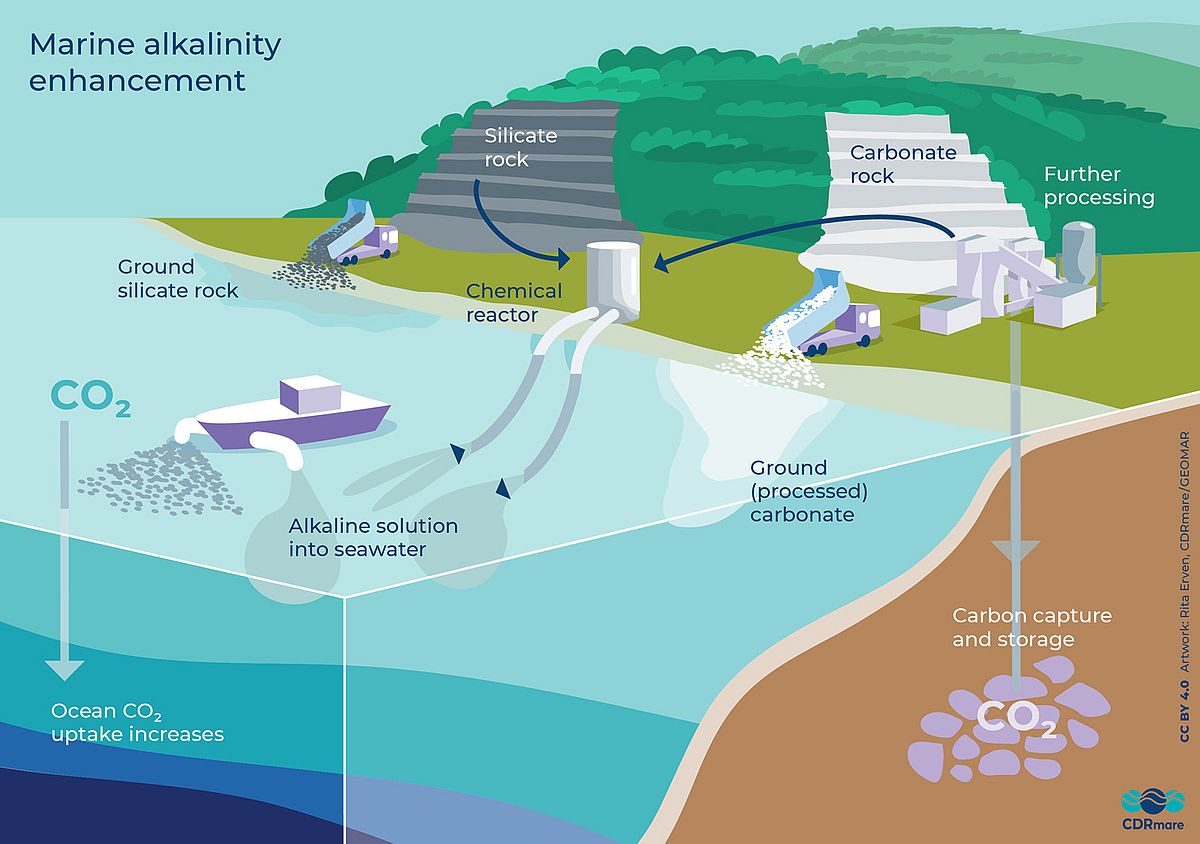
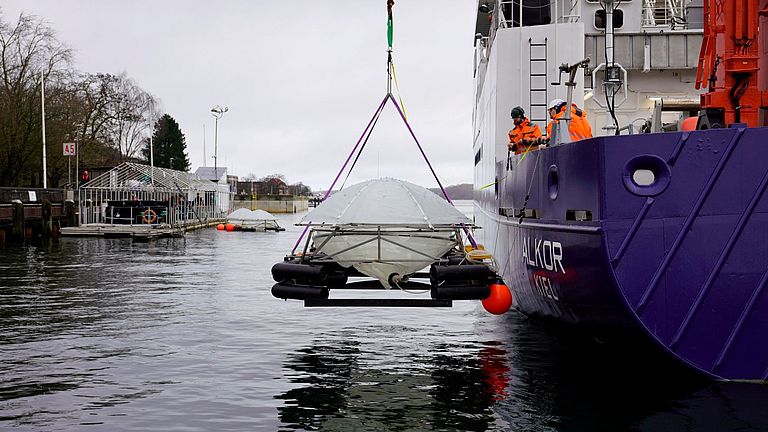
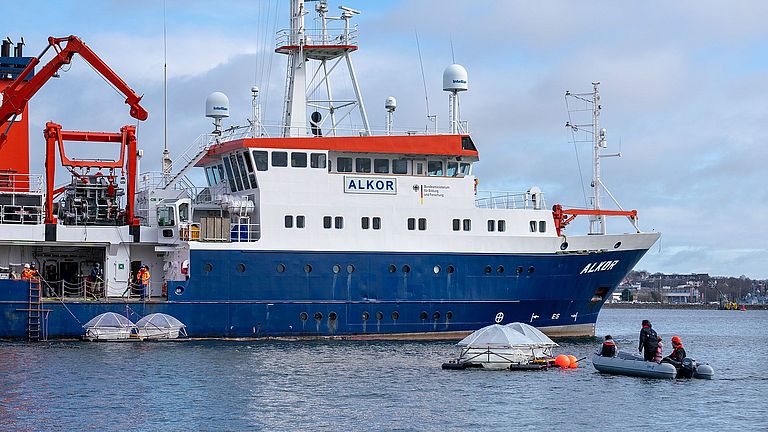
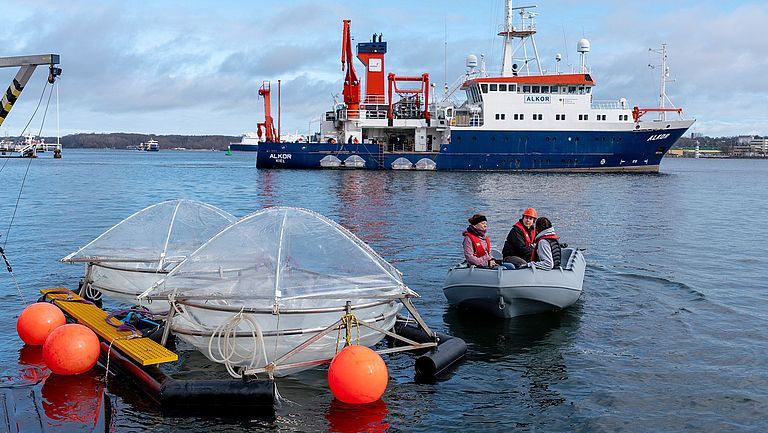
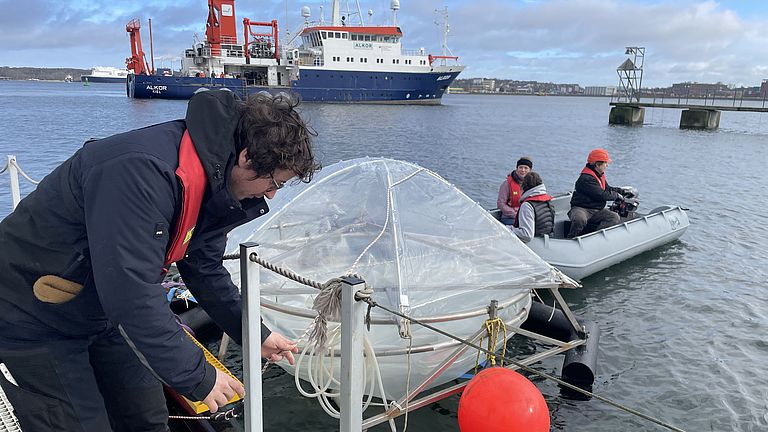
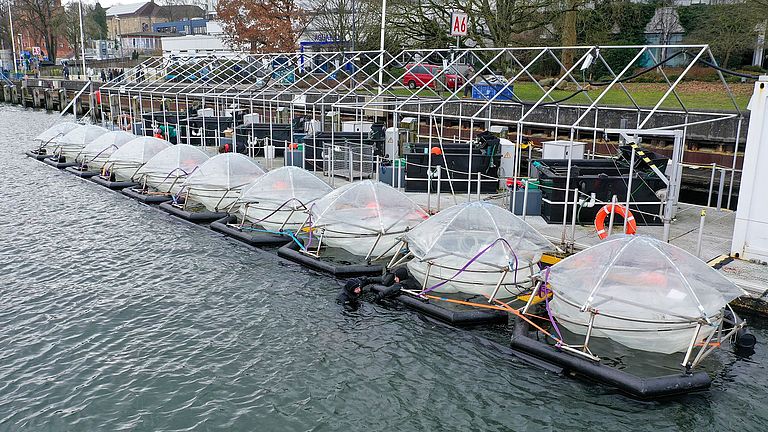
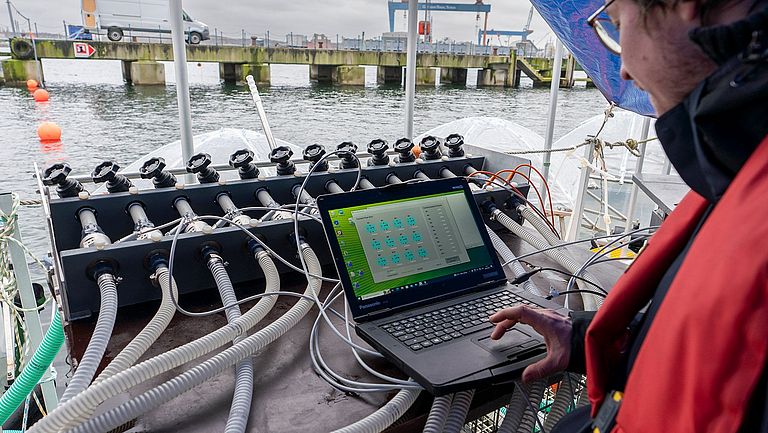
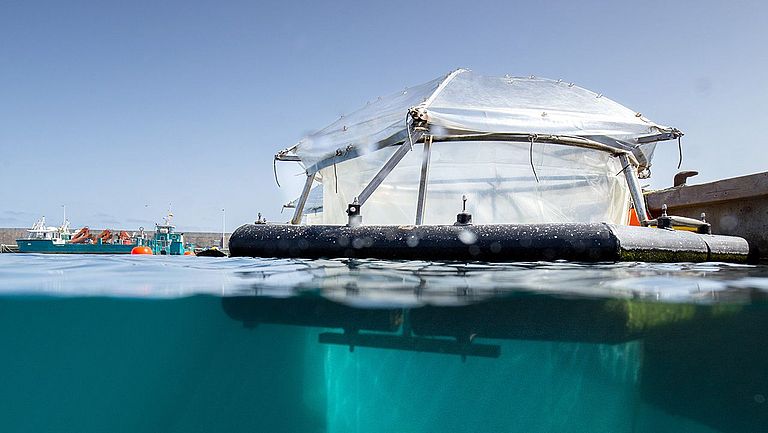
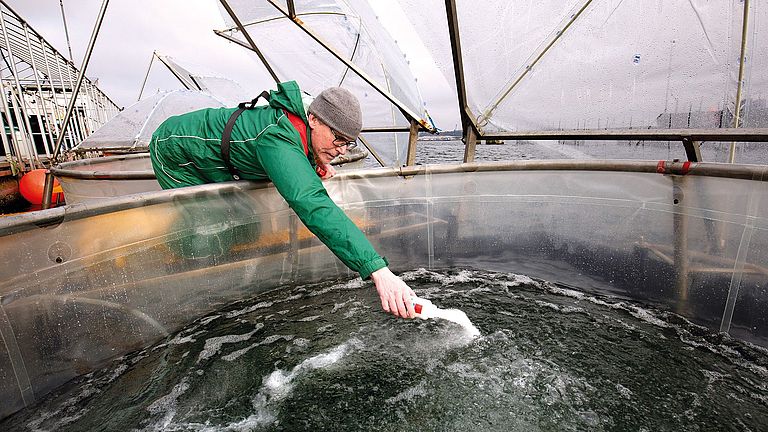
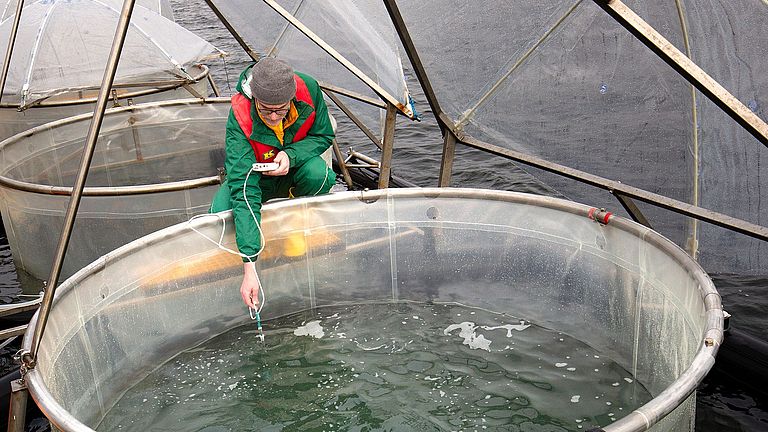
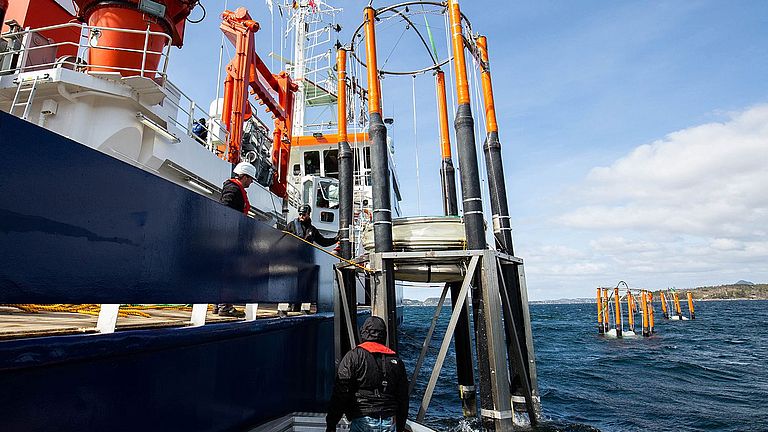
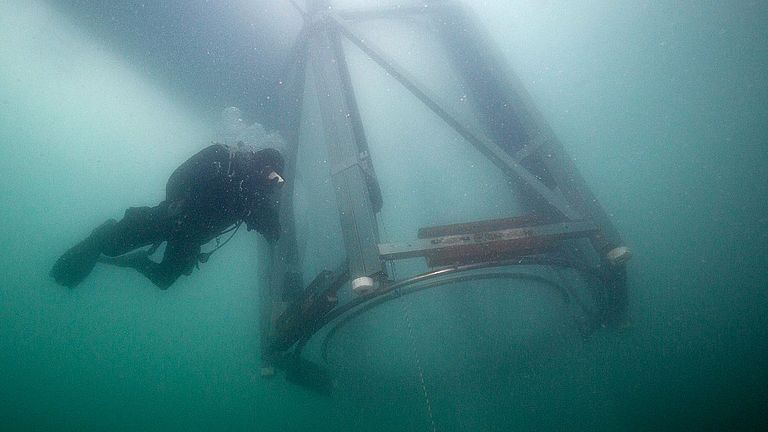
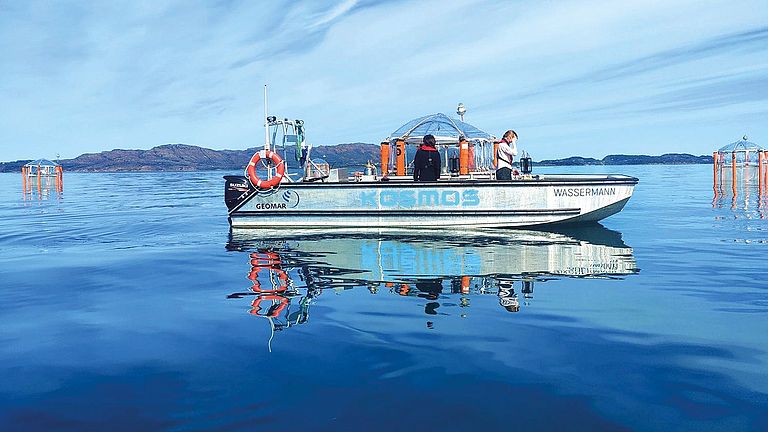
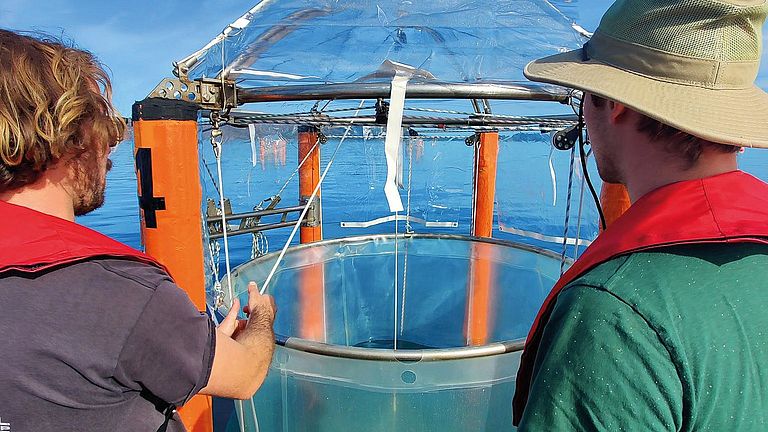
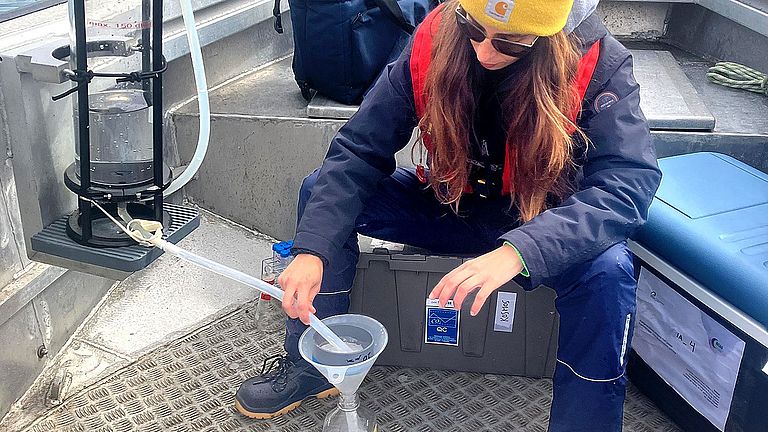
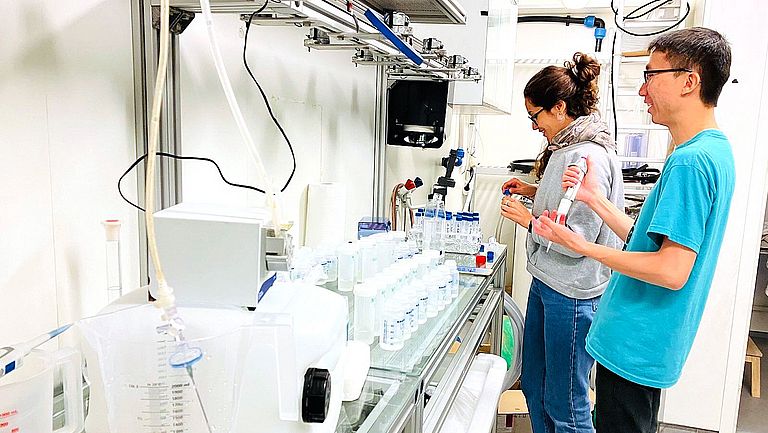
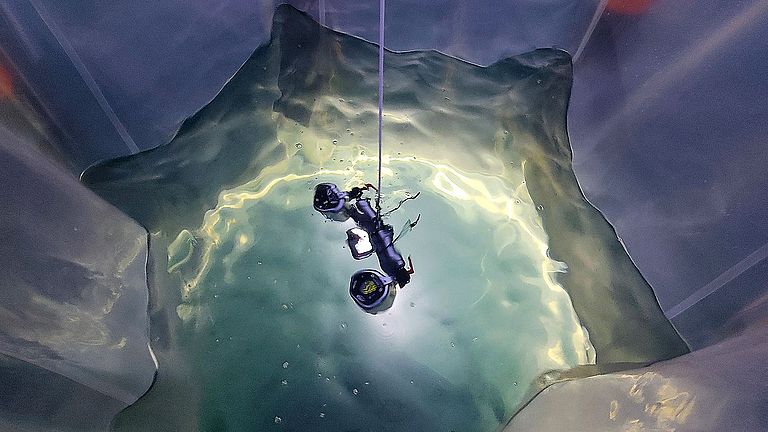
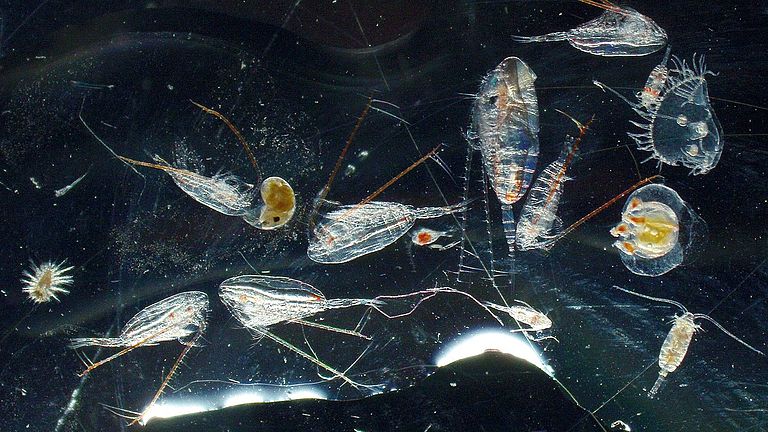
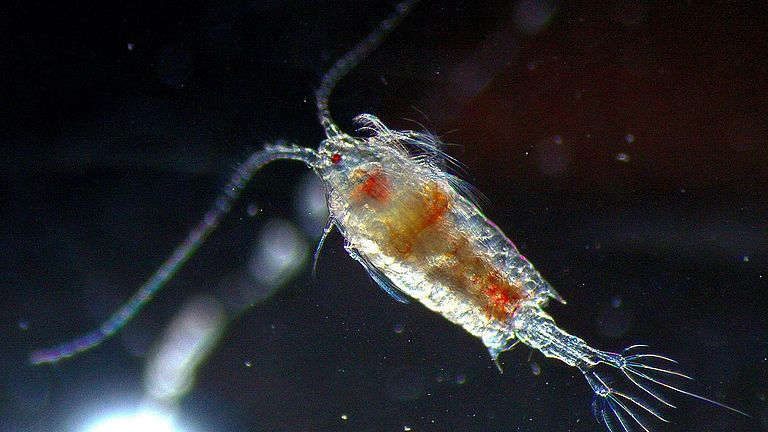
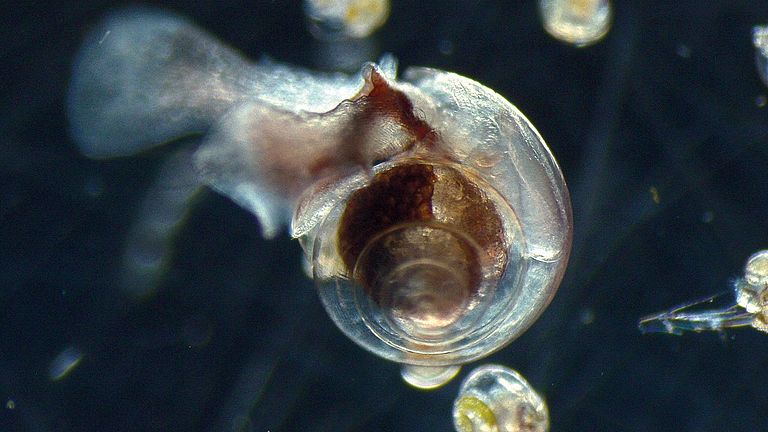
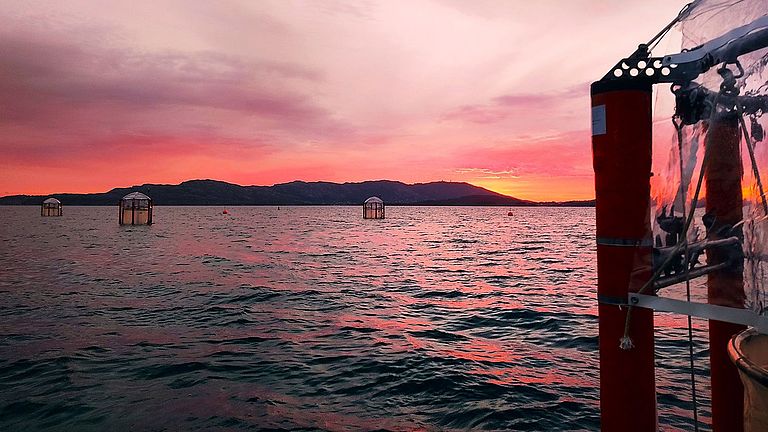
![[Translate to English:] Teaser Projekt RETAKE](/fileadmin/_processed_/1/f/csm_teaser_retake_e99ba19439.jpg)
